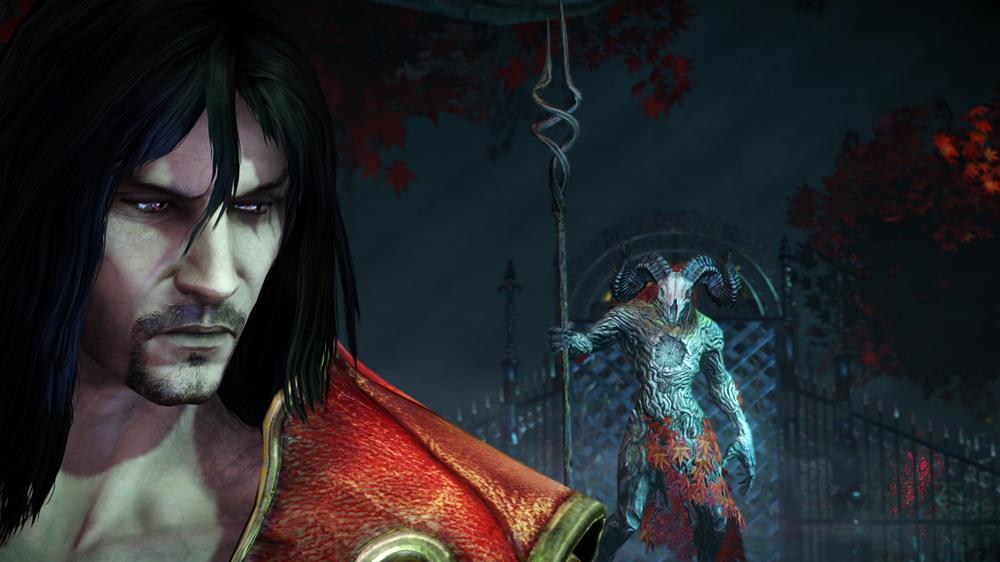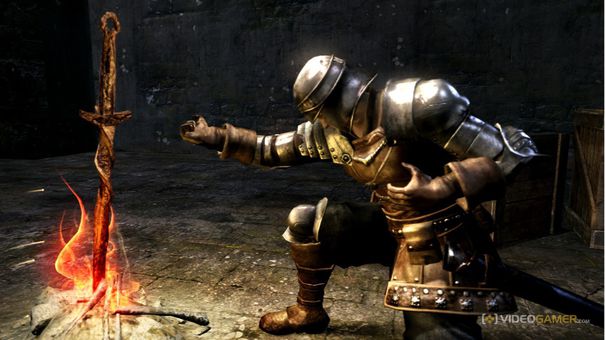

Unless you’ve been living under a rock, you’ve heard of Beyond: Two Souls. You know, it’s that game with Ellen Page. No, not The Last Of Us; this is the one where she actually stars, and alongside Willem Dafoe at that. Quantic Dream’s David Cage has followed up from past works Indigo Prophecy and Heavy Rain to present a Choose Your Own Adventure-like, interactive video-game-slash-movie.
Sometimes it works. Often times, it doesn’t.
Cage originally presented the story of Jodie (Page) in a linear, yet non-linear way; you don’t get to choose the order in which snippets of her life are presented, and they’re constantly moving back and forth in time. You begin right near the game’s end and jump between scenes with Jodie as a small child, an awkward teenager or a troubled adult. A new addition to this re-release provides the opportunity to play through the story chronologically instead. I’d encourage returning players to try the chronological option, whilst newcomers should play as Cage first presented Beyond.
In following Jodie throughout most of her existence, Cage presents us with many different set pieces and subplots. She’s a small child. She’s in a laboratory. She’s in the CIA. She goes off into the desert for a stretch too. In short, she’s doing way too much; that same thing can be said for Cage and Beyond’s writing. He tries to fit in way too much in the game’s plot, and does so very sloppily. If you’re barely giving gamers something to play and instead selling the game on its characters and it story, those things had better be tight.
While Beyond starts off with a bang, you’ll eventually come to the conclusion that Cage offers up a sloppy mess. Jodie gets by on blind luck more than she should; the amount of sheer coincidences that present themselves is astonishing. Without ruining too much, Cage resorts on a huge helping of unnecessary – and very racist — Navajo spiritualism to pad out his work near the game’s third act.
As Jodie, you can use the DualShock’s left stick to move around, the right-stick to interact with objects on the screen (as identified by a white dot) and occasionally use the controller’s buttons to engage in very limited action scenes. Sadly, you don’t control Jodie in action-packed events that terribly often – you usually ending up watching or steering her from point to point – but when you do, you’re forced to struggle through awful, awkward controls.
This PS4 re-release tightens up controls a tad and adds audio through the DualShock 4’s speaker, but the amendments are hardly game changing. They certainly don’t address original, Resident Evil-inspired, useless camera angles that are offered up without any suspense or tension. You will definitely get frustrated when you make Jodie slowly labour in one direction for a while only to figure out you’ve gone the wrong way.
The rest of Beyond? Nothing but quick-time events. I’m not sure, but I’m pretty certain it’s also impossible to fail those QTE action sequences in the game; you could pretty much set the controller down and keep spectating as Jodie bumbles her way through life. That’s good in a way — you don’t want to have to keep replaying QTE sequences if you fail them, do you?
Having Page and Dafoe play main characters in the game also detracts from Beyond itself. For one, the characters are steadfast residents of the Uncanny Valley; they’re very real but not at the same time, and that unfortunately pulls you out of the experience. This isn’t improved any with the re-release’s new bells and whistles — enhanced 1080p graphics, lighting and so on.
The problem Cage made is that he focused on the Hollywood actors he had working for him rather than the characters they’re supposed to be portraying. That said, the real scene-stealer of Beyond is actor Kadeem Hardison, who plays a scientist-slash-mentor-to-Jodie named Cole. He’s as creepy real-not-real as Dafoe and Page, but since you don’t recognise him straight away (he was Dwayne Wayne on A Different World if you’re an oldie like me; check him out above), you really get to appreciate his performance.
I can see both sides of the arguments that have surrounded Beyond: Two Souls and, in general, Quantic Dream’s latest titles. That said, Cage and his crew need to be applauded for creating and publishing a game that’s far outside the mainstream mold. It’s not as engaging for tried-and-true gamers, but it certainly will bring new players into gaming on the backs of Page and Dafoe alone. On the other hand, that tactic can simply be seen as a sort of undeserved hype, hiding the fact that Beyond offers little in the way of choice, largely playing itself.
In the end, this is a game that’s very far from perfect but may work well for casual gamers. For the hardcore types, it’s probably one you’ll want to avoid… unless you see yourself as a connoisseur and want to experience a game that mixes up the industry somewhat so you can get in on discussions that are sure to follow. And missed it on PS3, of course.
Beyond: Two Souls was originally reviewed on PS3. This review was based off the original, plus a promotional code for the PS4 re-release as provided by the publisher.



